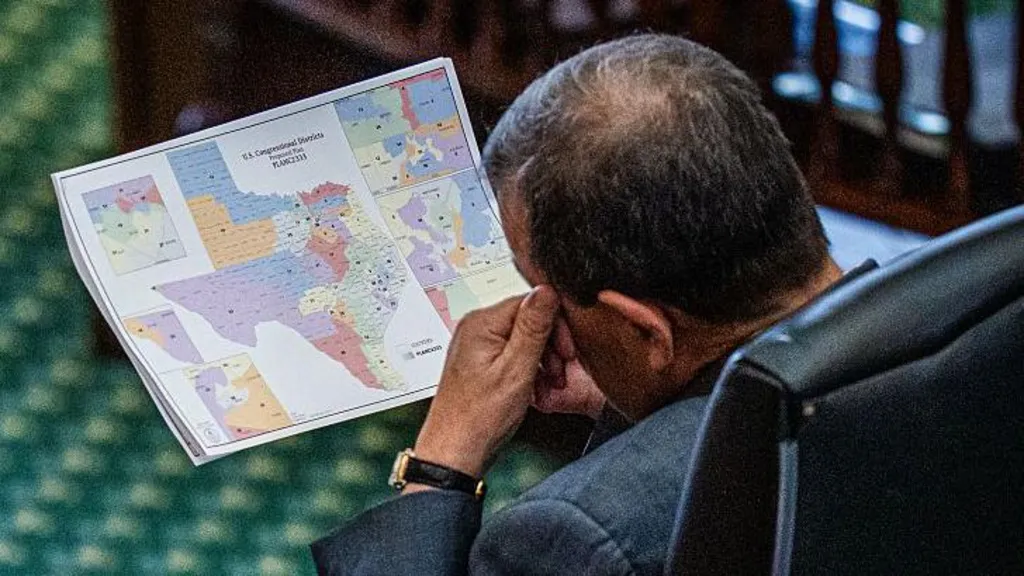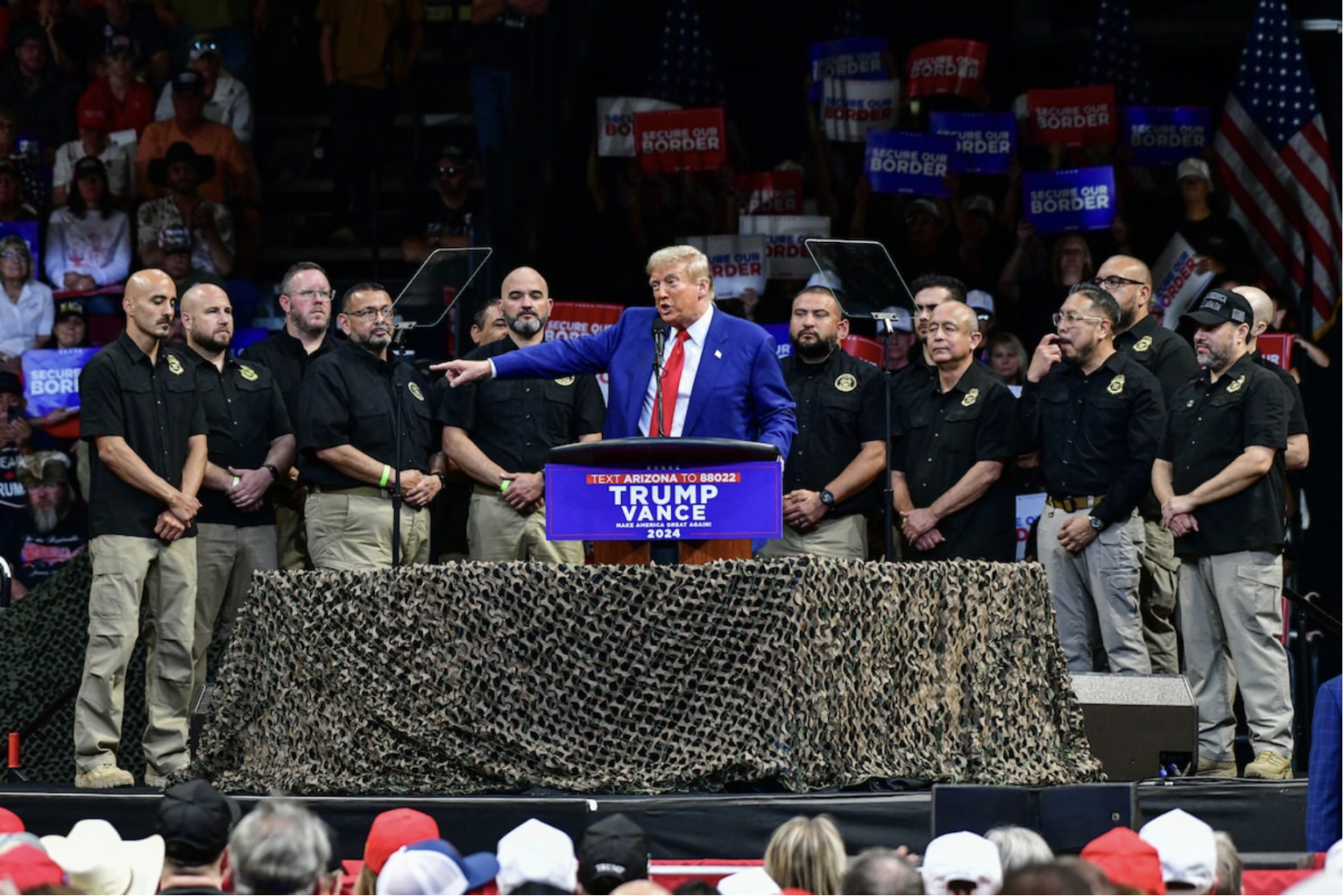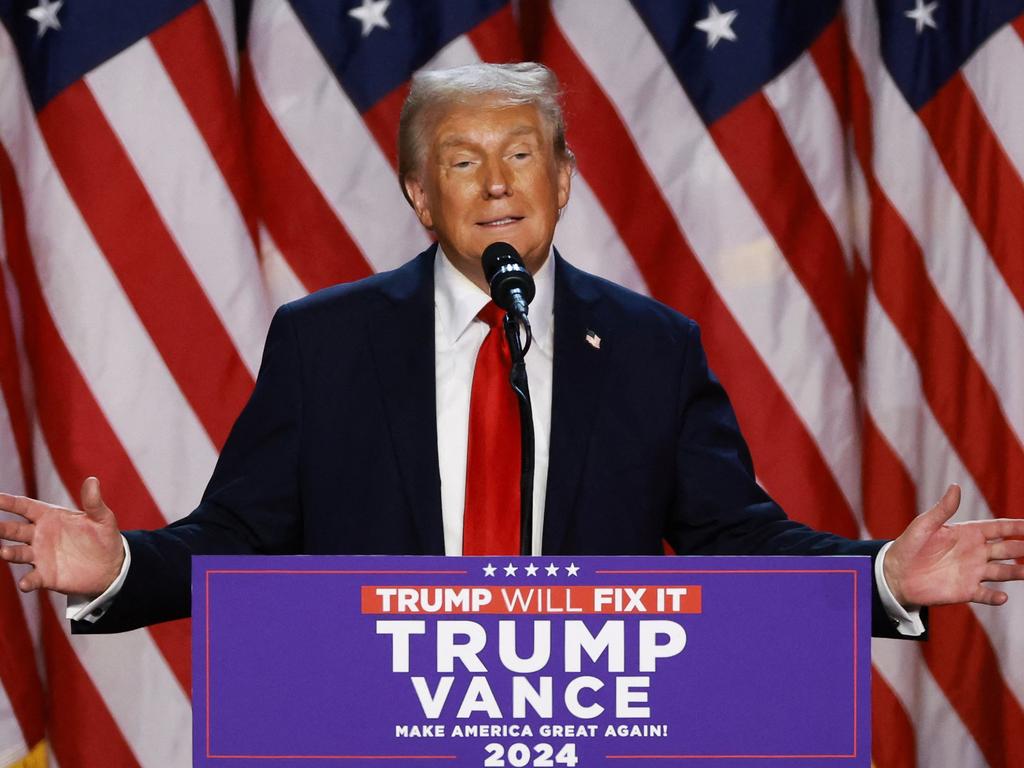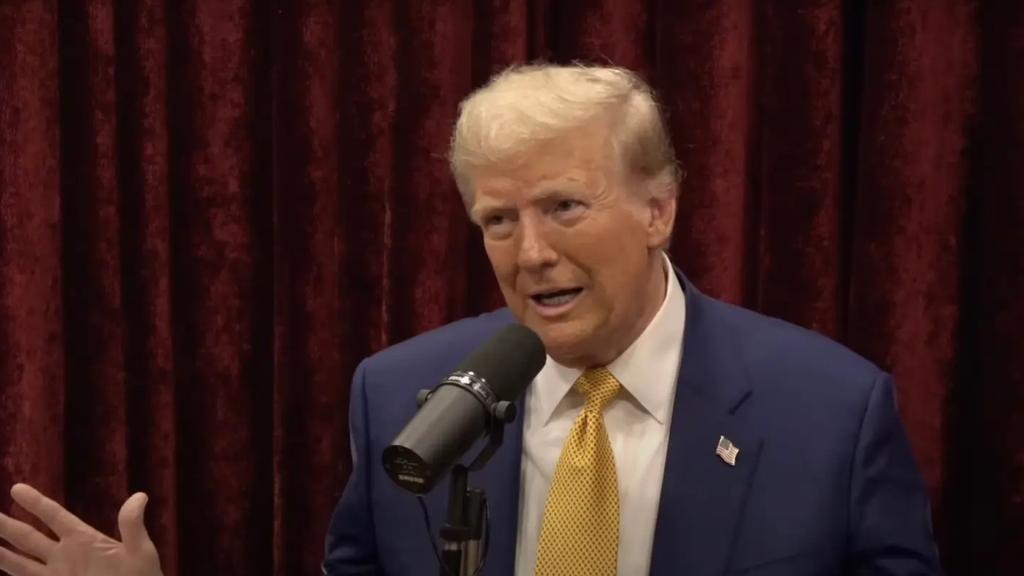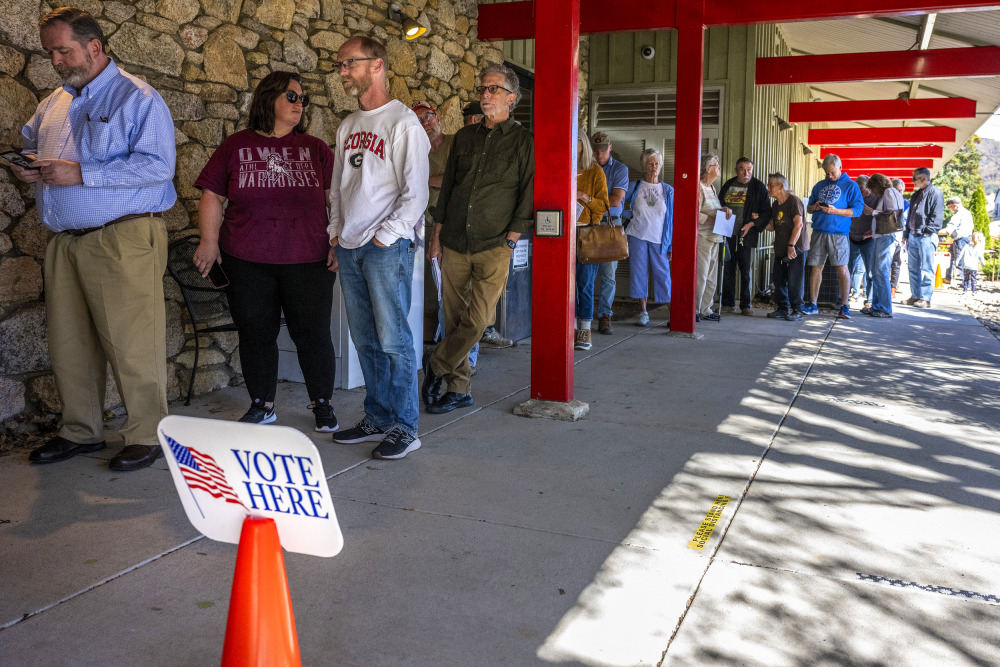
This article is more than
1 year oldInvisible money, Trump's heir and more: The election lessons we learned in 2024
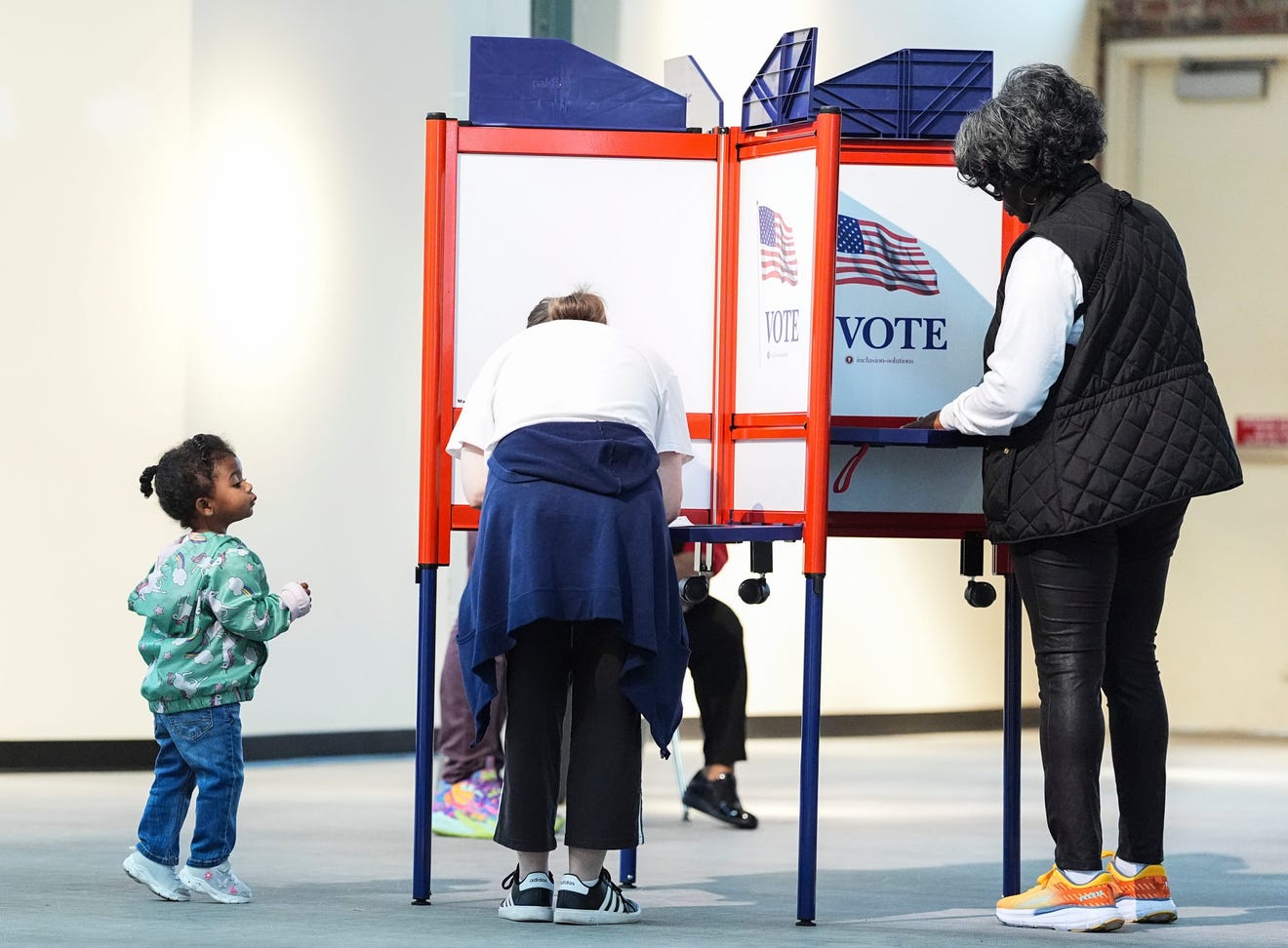
Voters who see the opposition as dangerous and dystopian, as threats to democracy itself, won't see a loss as a national consensus. They're likely to see it as the starting bell for the next campaign.
It's not just about the winners and losers.
The astonishing 2024 election has featured the sitting president who backed away and the former president who came back. The groundbreaking contender who seized the moment. The third-party candidate with the famous last name who rose and fell and then began to emerge as a player again. Two assassination attempts. And the closest polls in American history.
This year's contest will have considerable reverberations for the nation's political landscape.

For starters, here are four of them.
The national debate? It's not done.
Winning the election won't settle the argument.
Sign-up for Your Vote: Text with the USA TODAY elections team.
For the past three elections, the split in American politics has been razor-close and chasm-deep − a combustible combination, and one that complicates the winner's efforts to claim a mandate.
How divided are we? In 2016, Republican Donald Trump won the Electoral College count but lost the popular vote to Democrat Hillary Clinton. In 2020, the race was so close in key states that determining Joe Biden had defeated Trump took the rest of election week.
This time, final polls nationwide and in the seven top swing states showed neither Trump nor Vice President Kamala Harris having a clear lead anywhere, one outside the margins of error that reflect surveys' uncertainties. (The states seen as most crucial are Pennsylvania, Michigan, Wisconsin, North Carolina, Georgia, Nevada and Arizona.)
By more than 3-1, voters said they were unhappy or worse with the direction of the country. In exit polls taken by Edison Research, seven in 10 said they were either dissatisfied or angry about the state of the country, underscoring a deep desire for change.
A sign of that turmoil: Except when presidents have died in office, not since the late 19th century has the United States elected back-to-back one-term presidents − as we've now done with Trump in 2016 and Biden in 2020.
Half of voters said in exit polls that they would be concerned or scared if Trump won another term. Almost half said the same if Harris was elected.
The voters today who view the opposition as dangerous and dystopian, as threats to democracy itself, aren't likely to see a loss as reflecting a new national consensus. They are more likely to see it as the starting bell for the next campaign.
Latinos' earthquake shakes the politics of race.
The coalitions that make up both major parties are changing, and none are as momentous as the shift of some Hispanic voters to the GOP.
Democrats' core support has long counted on voters of color. But in this campaign Trump has made significant gains among Hispanic voters and more modest ones among Black voters, especially men.
What that means: Gender, education and class are joining race and ethnicity as major factors influencing which party and which candidate Latino and Black voters support.
In 2016, Trump carried an estimated 28% of Hispanic voters, a yawning 40 percentage points behind Hillary Clinton. In pre-election surveys this time, he has cut that deficit in half, now attracting about 37%.
That trend, if it holds, would increase the diversity of the Republican coalition and force Democrats to appeal to more white voters to win nationwide.
The ranks of Hispanic voters, already significant, are growing fast.
An estimated 36.2 million Hispanics were eligible to vote this year, according to a report by the nonpartisan Latino Donor Collaborative, and they accounted for 50% of new eligible voters since the 2020 election. Those numbers are poised to soar. One in 4 American children are Latino.
In the battleground states, Hispanics make up 27% of the electorate in Arizona and 21% in Nevada.
Their political clout was spotlighted by the furor after a comic derided Puerto Ricoas "a floating island of garbage" when he addressed Trump's rally at Madison Square Garden last week. Harris trumpeted the slur on the stump, and her campaign cut an ad using the clip.
Trump and his campaign disavowed the remarks. "I love the Hispanics," he assured a rally in Albuquerque last week.
Speaking of swing states, close to half a million Puerto Ricans live in Pennsylvania, the most crucial of them all.
It's raining (invisible) money.
The burgeoning way to finance elections is in the dark.
The 2024 presidential campaign has set fundraising records, including $1 billion raised by Harris in the first three months of her truncated campaign. Under federal law, contributions to campaigns and political parties are limited by amount and publicly disclosed.
But the biggest boost in election spending in 2024 has come from super PACS and other outside organizations that face no caps on spending and increasingly use ways to shield the names of those giving the money.
Independent-expenditure groups have spent at least $4.5 billion, according to OpenSecrets, a nonpartisan group that tracks campaign finance. That's more than $1.5 billion higher than in the 2020 campaign.
Though outside spending favored Democrats in 2020, it is tilted toward Republicans this time.
Super PACs are required to disclose their donors, but nonprofit groups called 501(c)(4)s aren't. Those groups can funnel money to super PACS and be listed as the contributors, one way to avoid identifying the original donors.
The amounts involved can be jaw-dropping. Chicago business executive Barre Seid gave $1.6 billion to a 501(c)(4) group led by conservative judicial activist Leonard Leo in 2020, thought to be the largest political donation in history. This year, billionaire entrepreneur Michael Bloomberg reportedly has not only donated $19 million to the main super PAC backing Harris but also another $50 million to its 501(c)(4), Future Forward USA Action.
Efforts to illuminate just who is spending what on campaigns were undercut by the Supreme Court decision in 2010 called Citizens United. The court ruled 5-4 that corporations and unions can spend unlimited amounts on elections independent of campaigns, saying it was political speech protected by the First Amendment.
Since then, spending has surged and disclosure dimmed.
Win or lose, JD Vance wins.
Trump has reshaped the GOP in his image. With his choice of Ohio Sen. JD Vance as his running mate, he also has anointed a political heir to lead the MAGA movement, sooner or later.
With that pick, Trump rejected advice from those who urged him to expand the GOP ticket's appeal to voters who weren't yet on his side − for instance, by choosing former U.N. ambassador Nikki Haley, who mounted the strongest challenge to his nomination.
Instead, Trump chose a fellow populist and fellow pugilist, defiant toward the old-guard establishment and the news media. His bestselling memoir, "Hillbilly Elegy," chronicled a childhood of growing up poor in Kentucky and Ohio and made him a cultural hero to some.
There is likely to be an ideological battle over the post-Trump GOP, waged between establishment Republicans who opposed Trump and populists who aligned with him. But Republican Party operations nationally and in most states are now controlled by MAGA partisans − people who presumably will pay attention to Trump's views on what should come next, and who.
To remind: Vance is 40 years old, about half Trump's age (he's 78) and a generation younger than Harris, who is 60. In the year 2060, nine presidential elections down the road, Vance would still be younger than Trump is today.
